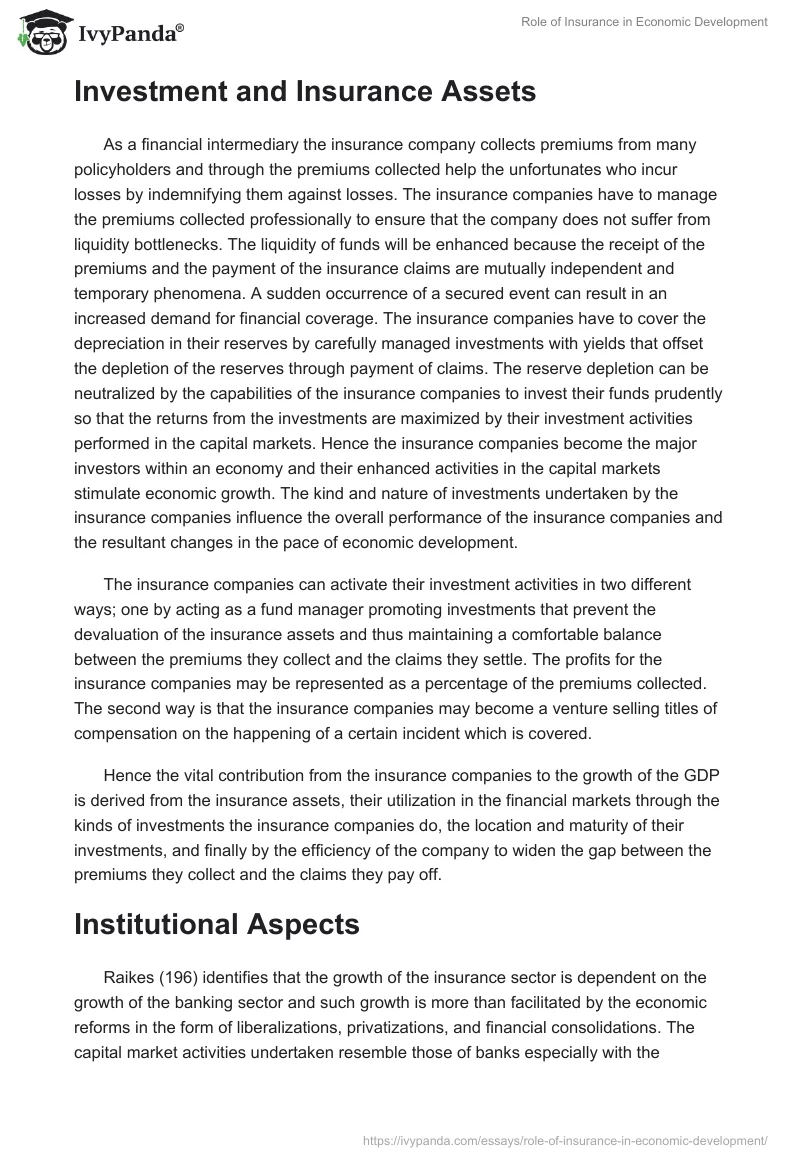Pacific Prime Fundamentals Explained
Table of ContentsThe smart Trick of Pacific Prime That Nobody is Talking AboutRumored Buzz on Pacific PrimeThe smart Trick of Pacific Prime That Nobody is DiscussingPacific Prime - The Facts
In the majority of states, the insurance company is required to send you a copy of the adjustments to your policy. It is necessary that you check out Endorsements or Cyclists so you understand how your policy has changed and if the policy is still ample to fulfill your requirements. To acquire a duplicate of your insurance plan, please call your insurance coverage representative or business.
The Institute of Medication (IOM) Committee on the Effects of Uninsurance launches an extensive exam of evidence that addresses the importance of medical insurance protection with the magazine of this report. Insurance coverage Matters is the very first in a series of six reports that will be released over the next 2 years recording the reality and consequences of having an estimated 40 million people in the USA without medical insurance coverage.

The Only Guide for Pacific Prime
The goal of this collection of research studies is to refocus plan focus on a longstanding trouble. Following the longest economic development in American background, in 1999, an estimated one out of every six Americans32 million grownups under the age of 65 and greater than 10 million childrenremains uninsured (Mills, 2000).

Ten percent of the population represent 70 percent of healthcare expenses, a connection that has remained consistent over the previous 3 years (Berk and Monheit, 2001) - global health insurance. Thus health and wellness insurance coverage proceeds to offer the feature of spreading out risk also as it significantly finances regular treatment. From the viewpoint of health treatment companies, insurance policy carried by their people helps secure an income stream, and communities take advantage of monetarily sensible and stable healthcare professionals and establishments
Federal government gives wellness insurance policy to populaces whom the exclusive market might not offer properly, such as impaired and seniors, and populations whose access to healthcare is socially valued, such as kids and expecting ladies. The supreme ends of medical insurance coverage for the individual and communities, including office areas of workers and companies, are enhanced health outcomes and lifestyle.
Some Ideas on Pacific Prime You Should Know
Staff members rank wellness insurance initially by far in value amongst all the benefits supplied in the workplace (Salisbury, 2001). Although there have actually been large financial investments of personal and public funds to give wellness insurance, many individuals still have no protection. In spite of considerable reporting of study findings and wellness care research results, the public continues to be overwhelmed and misinformed concerning Americans without medical insurance and the implications of doing not have protection.

Without concern, the complexity of American health and wellness care funding systems and the riches of sources of details include in the general public's confusion and apprehension about wellness insurance policy data and their analysis. This record and those that will follow objective to distill and present in easily understandable terms the considerable study that births on inquiries of medical insurance coverage and its relevance.
Fifty-seven percent of Americans questioned in 1999 thought that those without health insurance are "able to obtain the treatment they need from physicians and hospitals" (Blendon et al., 1999, p. 207). In 1993, when national interest was concentrated on the troubles of the without insurance and on pending health care regulation, simply 43 percent of those questioned held this idea (Blendon et al., 1999).

They likewise obtain less preventive solutions and are less likely to have regular take care of persistent conditions such as hypertension and diabetes. Persistent diseases can lead to costly and disabling issues if they are not well taken care of (Lurie et al., 1984; Lurie et al., 1986; Ayanian et al., 2000). One nationwide study asked greater than 3,400 grownups concerning 15 highly severe or morbid problems.
The Best Guide To Pacific Prime
Additional proof exists later in this chapter in the discussion of insurance and access to health care. https://myanimelist.net/profile/pacificpr1me. Individuals without medical insurance are young and healthy and balanced and choose to do without protection. Virtually fifty percent (43 percent) of those checked in 2000 believed that individuals without health and wellness insurance are try this most likely to have health issue than individuals with insurance coverage
Citizens and policy makers in emphasis team conversations define those without insurance coverage as youngsters who have the chance to be covered and feel they do not require it (Concierge Novelli, 2001). Contrasted to those with a minimum of some exclusive protection, the uninsured are less most likely to report remaining in excellent or great health and wellness (Company for Medical Care Study and Quality, 2001).
SOURCE: Center for Expense and Funding Research Studies, Agency for Medical Care Research Study and Quality, based on MEPS data. Youthful adults in between 19 and 34 are far much more most likely to do not have health insurance policy than any various other age group. This is mainly because they are less typically qualified for employment-based insurance coverage because of the nature of their task or their short period in it.
The assumption that individuals without insurance policy have better-than-average wellness complies with from confusing the reasonably young age account of the without insurance with the much better health and wellness, usually, of more youthful individuals. This obscures the link between health standing and health and wellness insurance. For those without accessibility to workplace medical insurance, inadequate health and wellness is a possible barrier to buying nongroup protection due to the fact that such protection might be extremely valued, exclude preexisting problems, or be simply unavailable.